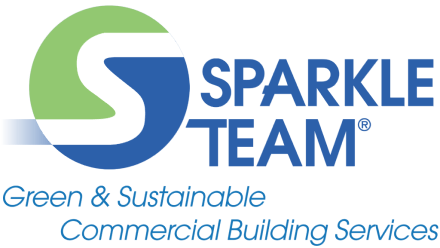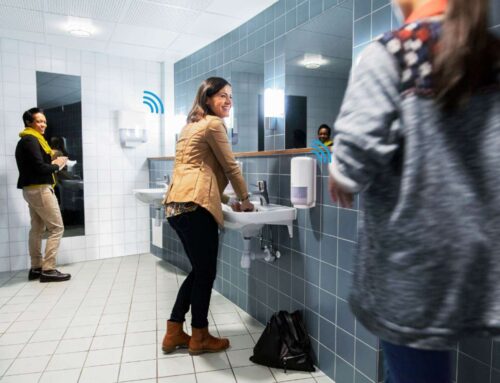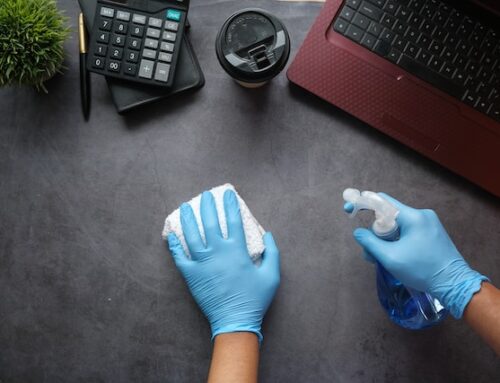The Office in 2021
Redesigning spaces for sanitation and health
The COVID-19 pandemic has forever transformed the way we look at the office, as the outbreak revealed our facilities’ major vulnerability to pathogens. In light of this, design and health experts are reimagining the office to better support our current needs for disinfection and social distancing. These changes focus on creating spaces focused on environmental hygiene.
Some will require major infrastructural overhauls, like reconfiguring ventilation systems and open-office concepts. However, there are some simple adjustments that can be done in the short term to make our facilities safer. We break down these accessible retrofits to improve your facility’s viral resilience.
Reduce touch points:
When it comes to preventative cleaning for COVID-19, “hot spot” areas receive the most attention. This term refers to objects and surfaces touched frequently by occupants moving throughout a space. Besides person-to-person contact, people are most likely to transfer pathogens like the COVID-19 virus by touching these areas. Reducing these points of contact throughout your facility will improve the impact of cleaning and maintenance.
With this in mind, it’s important to replace superfluous shared objects like stationery, utensils, and even the office’s coffee pot and water fountain with individual options. For objects that are a part of the facility’s infrastructure, such as light switches, doorknobs, soap dispensers, toilet handles and trash cans, design experts also recommend installing touchless technology alternatives.
De-densify:
Social distancing protocols should be the central goal when reconfiguring office spaces. These adjustments should aim to reduce—or “de-densify”—the number of people that can be close together in one space. For central gathering areas such as lobbies, kitchens and conference rooms, remove excess furniture to encourage compliance. Where appropriate, experts also recommend a “one in, one out” policy for these zones.
To protect employees, work stations should be spread out following the six-foot distance minimum. In more open-space offices, Plexi screen dividers can also provide an additional source of protection. Signage floor mats and decals are also useful for corralling movement in one direction, reducing unnecessary points of contact.
Self Sanitize:
Overall, the pandemic has accelerated the cleaning and disinfection cycle for most facilities, with many opting for daily porter services to cater to this increased need. In addition, disinfection should also be available on an individual basis. Install hand sanitizer dispensers in central areas to encourage regular use. For peace of mind, also offer employees personal disinfectant hand wipes so they can wipe down areas after use. This provides a stopgap measure before scheduled cleaning.





